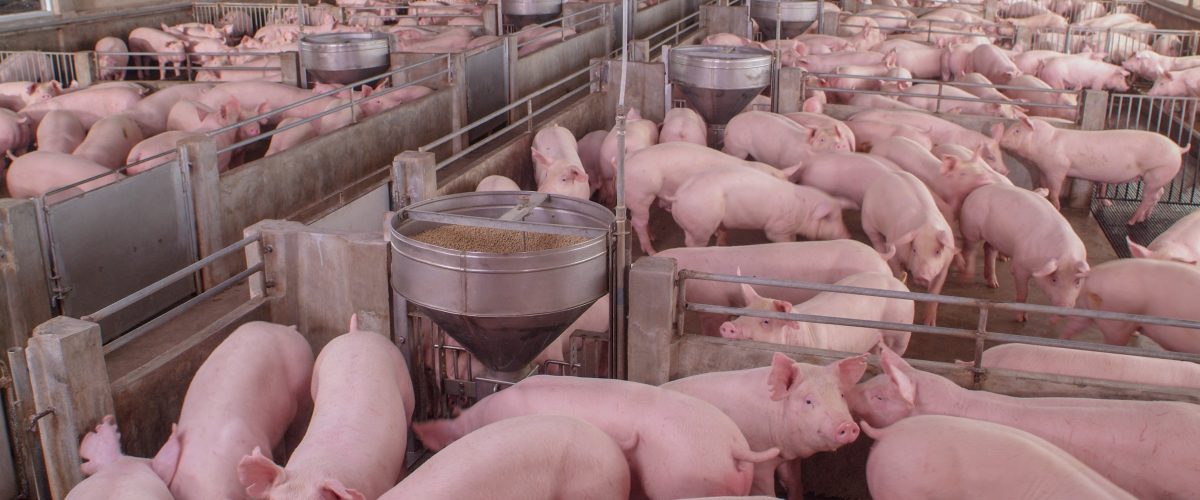Abstract
Heat stress (HS) effects (exposure to temperatures above the thermoneutral zone-upper critical temperature threshold) in livestock animals depends on the nature of heat stress event (defined as external heat load) and to internal heat load which relates to the characteristics of the breed/animal and it’s metabolic heat production. Animal production processes are exothermic in nature. When faced with heat stress pigs activate heat dissipation mechanisms, which alter the allocation of nutrient resources repartitioning nutrients away from growth to heat dissipation functions. In an attempt to reduce internal heat load, pigs primarily reduce their feed intake, which mainly explains losses in productivity.
- Author: Dr Panagiotis SAKKAS
- Publication date: 25/02/2020
Author statement:
This review assesses the published scientific literature on the effects of heat stress on pig physiology and covers aspects of macronutrient formulation. The findings in the literature do not necessarily reflect CCPA practices and our specialists can directly advise our customers on the most cost effective nutritional strategies based on their field experiences.



